Financial Viability
Financial viability, in this context, is the ability of an entity to continue to achieve its operating objectives and fulfill its mission from a financial perspective over the long-term.
Financial assessments at the project preparation stage have a number of aspects, including project costs, revenue estimates, project funding mechanisms, and financial risks. These inputs inform financial modelling, which provides a determination on overall financial viability and allows different scenarios and assumptions to be tested.
Understanding good practice
Adhering to good practice in financial viability assessment can help a project developer, owner or operator ensure that a project can manage financial issues under a range of scenarios, service its debt, and pay for all plans and commitments including those concerned with social and environmental impacts.
International industry good practice in financial viability for hydropower projects is defined in the Hydropower Sustainability Guidelines on Good International Industry Practice (HGIIP).
Assessing project performance
Two assessment tools are available to measure hydropower project performance:
In Hydropower Sustainability Assessment Protocol (HSAP), Financial Viability is addressed in P-9 for the preparation stage, I-6 for the implementation stage and O-7 for the operation stage.
In Hydropower Sustainability ESG Gap Analysis Tool, Financial Viability is included in Environmental and Social Issues Management addressed in Section 1.





